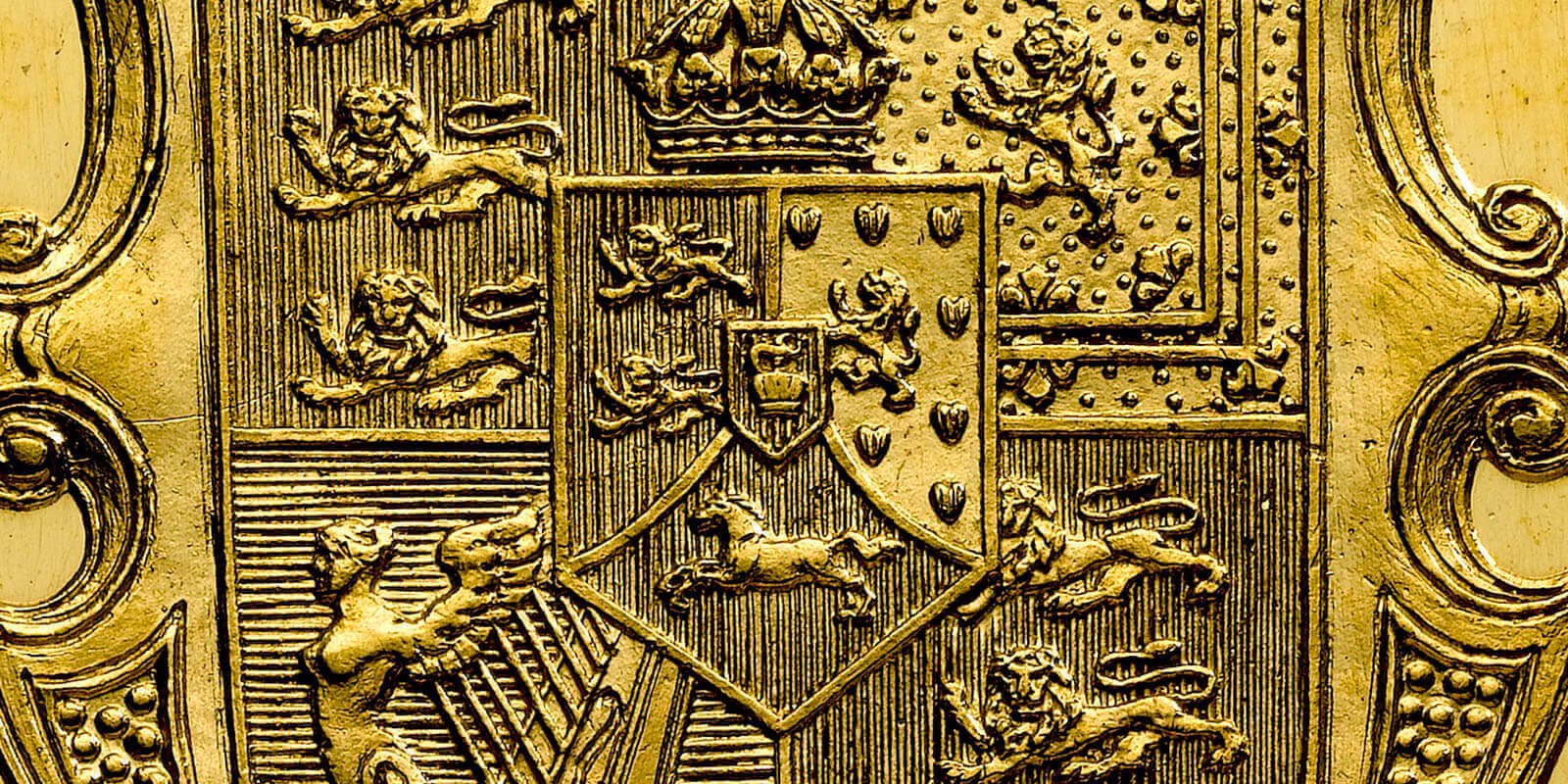Gaining Acceptance
Despite a slow start, the British public gradually accepted the sovereign, although certain areas of the UK, including Scotland, still clung to the old banknotes. Regardless of the reluctance in some places, it was now an important part of the circulating coinage and weights were developed so traders could weigh the coin to ensure it was of the correct standard. The coin’s use in daily life meant that it became subject to wear and by 1835, the quantity of light gold coins in circulation was worrying enough to be the subject of a report to the Treasury.
Throughout William IV’s relatively short reign of seven years, only one design appeared on the sovereign. Working off another Sir Francis Chantrey bust of the new monarch, Wyon produced such a realistic likeness that a friend of the king felt moved to comment ‘it is the old boy himself!’ when he first saw the coins.

William IV sovereign (RMM83)
Along with the portrait, all of the king’s styles and titles appear on the obverse. To accommodate such a long inscription, abbreviated wording features on the obverse and the date appears on the reverse instead of the obverse. By removing the inscription from the reverse, this provided greater scope for Jean Baptiste Merlen to develop a larger shield to fill the coin’s field.

William IV sovereign reverses (RMM83) (RMM1301)
The introduction of the new coinage of William IV was also marked with the issue of proof sets. Consequently, a number of 1831 proof sovereigns were issued and in contrast to circulating pieces, these coins are made of fine metal and had a plain, rather than milled, edge.

William IV sovereign proof set. Double sovereign (RMM82), sovereign (RMM83) and half-sovereign (RMM88)
Did You Know?
• By the end of William IV’s reign, notices appeared in post offices urging the public to be cautious when sending sovereigns through the post.

